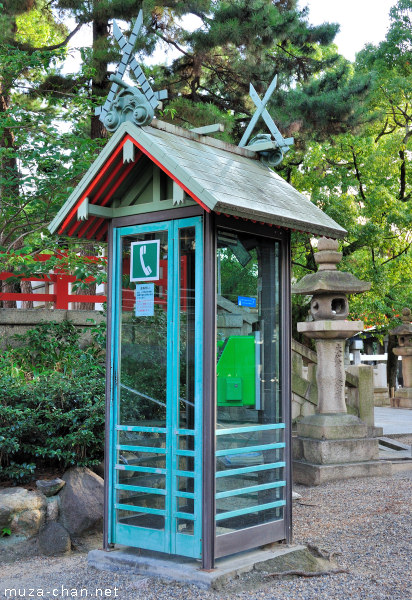Traveling through Japan, I noticed almost everywhere a special care for detail and harmony. Sometimes, the Japanese architects are going to unusual lengths to ensure it: one example is this phone booth located inside the Sumiyoshi Taisha from Osaka. The roof was designed to carefully match the shrine’s roof, with the forked ornament on top (called chigi in Japanese) and with the transverse beam (katsuogi).
An interesting fact though, there was a time in Japan when this would have been… illegal! It is known that during the mid of the 5th century, these ornaments where reserved strictly to the Imperial palace and the Emperor Yūryaku punished a lord who built a roof like this… Only during the 6th century the restriction was lifted and the usage of these elements was allowed for the Shinto shrines, taking into consideration the Emperor’s descent from Amaterasu, the Goddess of the Sun. And even today, chigi and katsuogi are still used exclusively for the Shinto shrines…
EXIF Info:
|
Yesterday’s Japan Photo:Kyoto Fushimi Inari Taisha Kagura-den |



